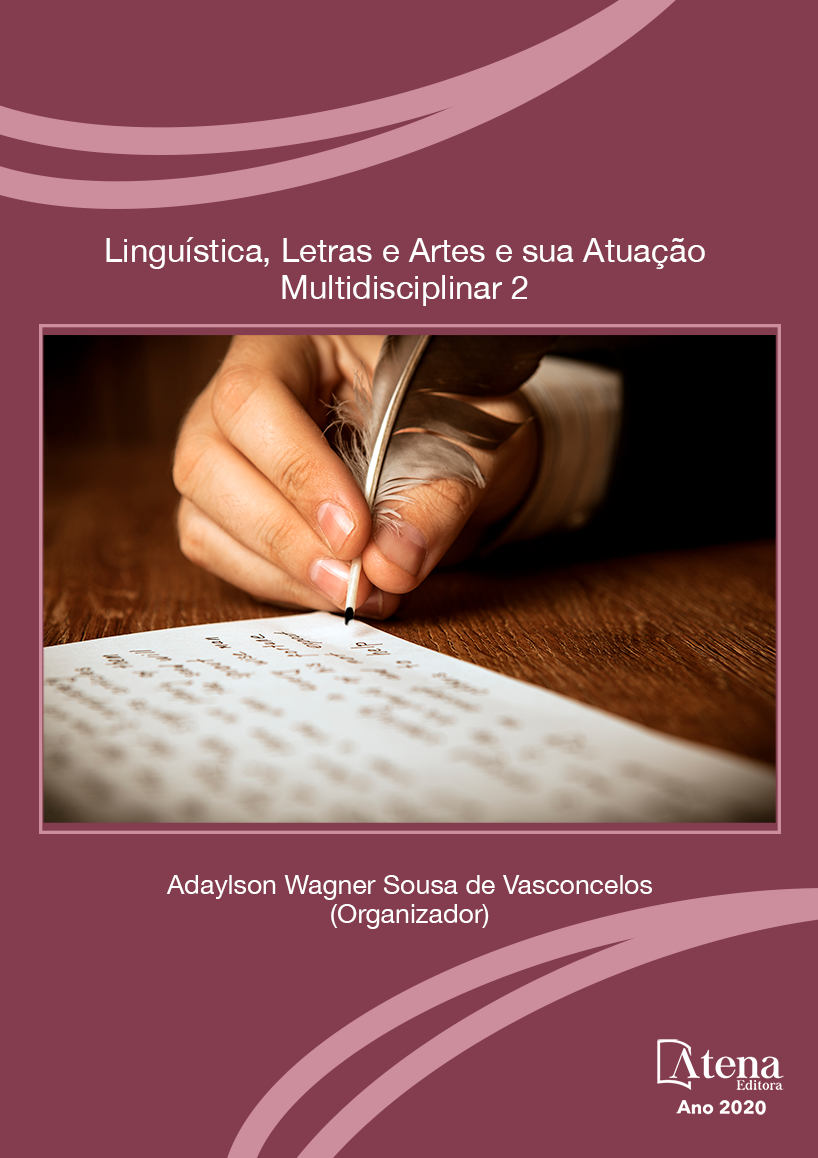
A CIÊNCIA AO SERVIÇO DA ARTE E DA CONSERVAÇÃO E RESTAURO: TRÊS CASOS DE ESTUDO EM PINTURAS MURAIS DO PROJETO PRIM’ART
Este artigo realça a importância e aplicabilidade da ciência para a história de arte e no campo da conservação e restauro de Património Cultural Imóvel através de três casos de estudo levados a cabo no âmbito do projeto PRM’ART. O foco de análise foram três conjuntos de pinturas murais, do século XVI e inicio do XVII, que levantavam questões técnicas e de diagnóstico e que se encontram em monumentos arquitetónicos emblemáticos na região sudeste e no centro de Portugal. O setup analítico compreendeu exames e técnicas não invasivas in loco e análises laboratoriais de micro amostras recolhidas de camadas cromáticas, de camadas de douramento e seus suportes. O trabalho, de natureza multidisciplinar, permitiu identificar técnicas pictóricas a fresco e a seco, materiais originais e provenientes de intervenções anteriores que permitiram um entendimento da obra no seu contexto artístico-histórico e o planear de novas ações para a sua salvaguarda futura.
A CIÊNCIA AO SERVIÇO DA ARTE E DA CONSERVAÇÃO E RESTAURO: TRÊS CASOS DE ESTUDO EM PINTURAS MURAIS DO PROJETO PRIM’ART
-
DOI: 10.22533/at.ed.06720230720
-
Palavras-chave: Património cultural, Pinturas murais, Conservação e restauro, Ciência, História da Arte
-
Keywords: Cultural heritage, Mural paintings, Conservation-restoration, Science, Art History
-
Abstract:
This paper highlights the importance and applicability of science to art history and in the field of conservation and restoration through three case studies carried out under project PRIM’ART. The focus of analysis was three murals paintings from the 16th and early 17th centuries that raised technical and diagnostic issues and are located in emblematic architectural monuments in the southeast and central Portugal. The analytical setup comprised on site examination with non invasive techniques and laboratory analysis of micro samples collected from paint layers, from gilding layers and theirs supports. The multidisciplinary nature of the work has allowed the identification of fresco and seco painting techniques, original pictorial materials used and the ones coming from previous interventions, enabling an understanding of the work of art in its artistic-historical context and the establishment of guidelines for its future safeguard.
-
Número de páginas: 14
- Milene Gil


